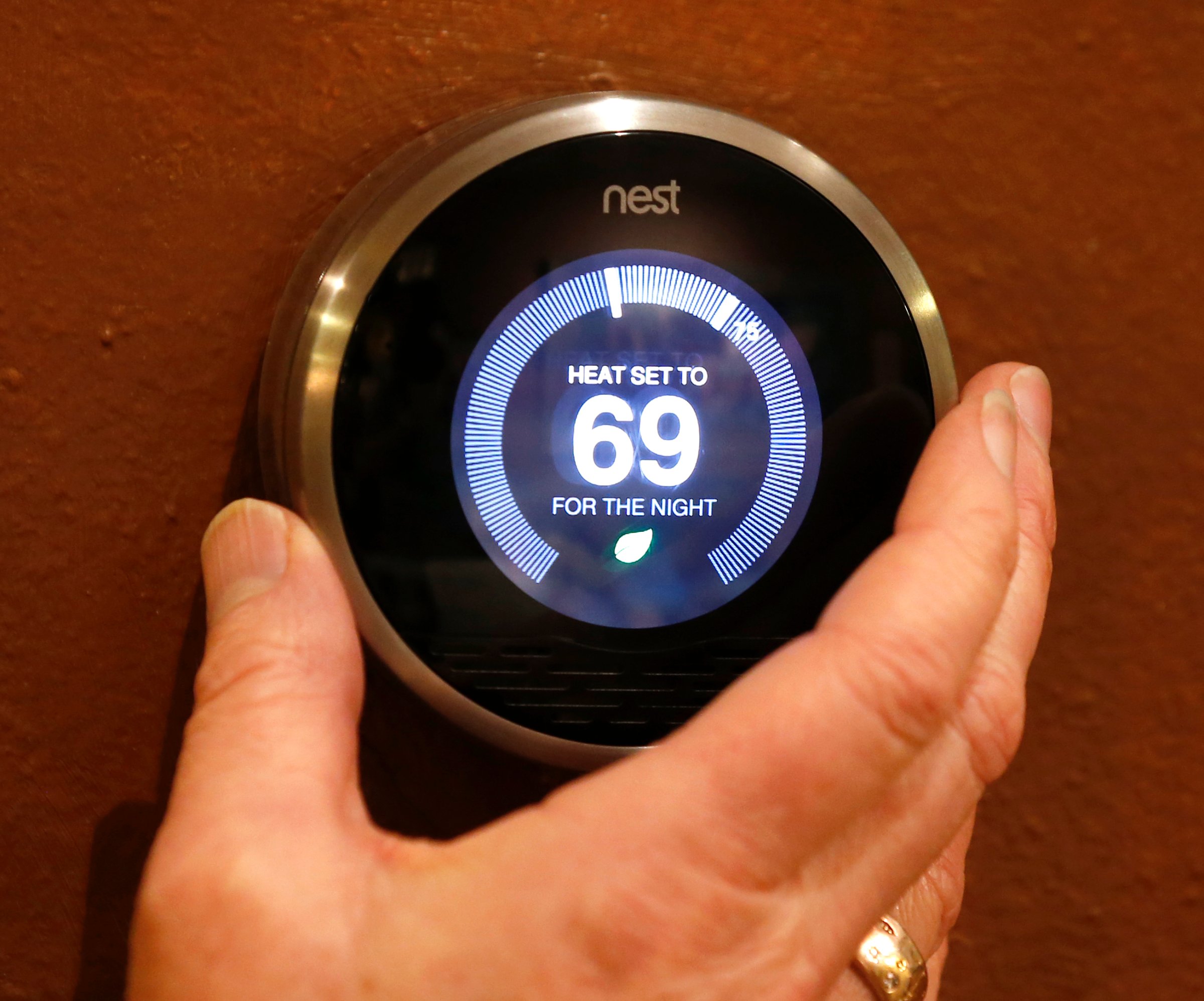
For the most part, I’m an early adopter. In my opinion, Launch Day should be a holiday, right up there with May the Fourth and St. Patrick’s Day. But when it comes to smart home technology — at least, home electronics that are expensive or require complex installation — I tend to move at the reluctant pace of a dedicated laggard. That’s because today’s tech is as much about the ecosystem as it is the product. Gadget makers aren’t necessarily trying to peddle you a gadget; they’re selling an upgrade cycle.
Homeowners don’t want this — not even tech-laden kings of the castle like myself. So, when smart thermostats started hitting the shelves years ago, rather than being the first on my block to install one, I sat back and watched. Last year, Nest co-founder Matt Rogers told me the company isn’t worried about getting people to upgrade yet.
“When we get to 50 million U.S. households, then we’ll start worrying about turnover,” Rogers said. In the meantime, the company has continually improved its product, currently in its second generation, with dozens of free software updates. “We’ve been able to update even to the first generation unit,” he says.
From the sidelines, I confess that I’m late to the game. The fundamental technologies in these devices (Bluetooth, Wi-Fi, light sensors, thermometers) are not only refined, but they’re also timeless, or at least backwards compatible. I’m convinced the smart thermostat of yesterday will still be an ample energy-saving gadget tomorrow. So, on the eve of getting a heat pump installed at my home — I’m switching from a gas furnace to a year-round, climate-controlled utopia — I’m faced with the question of how to best manage my HVAC system.
These four options are the best contenders.
Allure Eversense
You might not have heard of the Allure Eversense, but it’s quite possible you’ve listened to it. Part smart heating controller, part media center, this clever $249 device takes advantage of the thermostat’s central location in your home to do double-duty as a small speaker system. With just a 1.0 gigahertz processor and eight gigabytes of storage, this unit is ripe for obsolescence, but it really doesn’t take much computing power to kick out some tunes. And with Wi-Fi connectivity, it can stream directly from your Android or iOS device, anyhow.
Its 4.3-inch touchscreen is able to display the weather (including an animated radar) or your photos with its Picture Frame app. But the big deal is the the smarts in this unit, with its ability to track your location, both inside and out of the house, turning off the heat or air conditioning when you’re away, and starting it when you’re on your way home. Since I work from home, this isn’t very helpful for me, not to mention the privacy concerns I have over being monitored like that. But it’s probably no worse than the location tracking that Find My iPhone already does.
Ecobee3
Every home is different. With that in mind, Ecobee3 offers a versatile solution to temperature control by connecting to remote sensors all over the house, detecting the conditions where you actually want your heat or cool air to reach. Detecting movement and temperature, these sensors feed data to the main thermostat, a Wi-Fi-connected fixture that packs motion, proximity and humidity sensors itself. Basing its smarts on what kind of HVAC equipment you have (conventional, heat pump, gas, or dual fuel) and the weather, the $249 smart device ($313, for a package that comes with a pair of extra sensors) can sense if you are home and control the climate accordingly.
On the plus side, Ecobee3’s ability to heat and cool far-flung rooms makes this a good option for my home (and my attic workspace). But by catering to the far corners of my house, it will probably over-heat or over-cool the main living area — as well as wipe out any savings I might get from being more energy conscious.
Honeywell Lyric
A longtime giant of the HVAC industry, Honeywell isn’t giving up control of the world’s heat to anyone, especially not these digital upstarts. And in pairing up with Apple (and its upcoming HomeKit smart home initiative), Honeywell has a great opportunity to continue on as a force in this space. But the Lyric — at least this version of it — might not be the device to do that. Using geofencing to know when to turn your system on, the $249 thermostat monitors your location like the Eversense. But it also takes into account the relative humidity in your home to make sure 72 degrees actually feels like 72 degrees (and not like 80 degrees, which is how it feels when the air is humid). Lyric’s Android and iOS app let you create shortcuts to change your temperature settings to particular preferences as well as to schedule them to come on and off, automatically.
This is a fresh change from learning thermostats because it offers the homeowner more granular control. But the reason to hold off is this product’s unclear HomeKit compatibility. As far as I’ve been told, HomeKit-compatible products will require a special chip that has not yet become available. So, if Lyric is to be HomeKit compatible, it probably won’t be the model currently on store shelves.
Nest Learning Thermostat
The smart thermostat that started it all ends this list. Gorgeous to look at, and making your home energy bill pretty too, this $249 game-changer has stood up well since it was first released in 2011, due to continual updates (as mentioned above) and timeless good looks.
But Nest is also popular because it doesn’t take any programming whatsoever. Just put it on the wall while you go about your business. Nest’s auto-scheduling feature takes over from there, turning up when you typically like it warmer, down when you tend to want it cooler, and off when you head off to work. But if you can’t keep your hands off the brushed metal device, turning it below a certain point will prompt a leaf to pop up on the screen, a sign that you’re saving energy. The most cost-saving feature of Nest it its ability to detect when you’re home or away, but since I’m here more often than I’m not, that’s not likely to help me much. And, since my thermostat sits right next to the stairs to my office, it may just be a constant reminder of a bad decision. Perhaps I should continue to hold out on this purchase, after all.
Top 10 Tech Product Designs of 2014
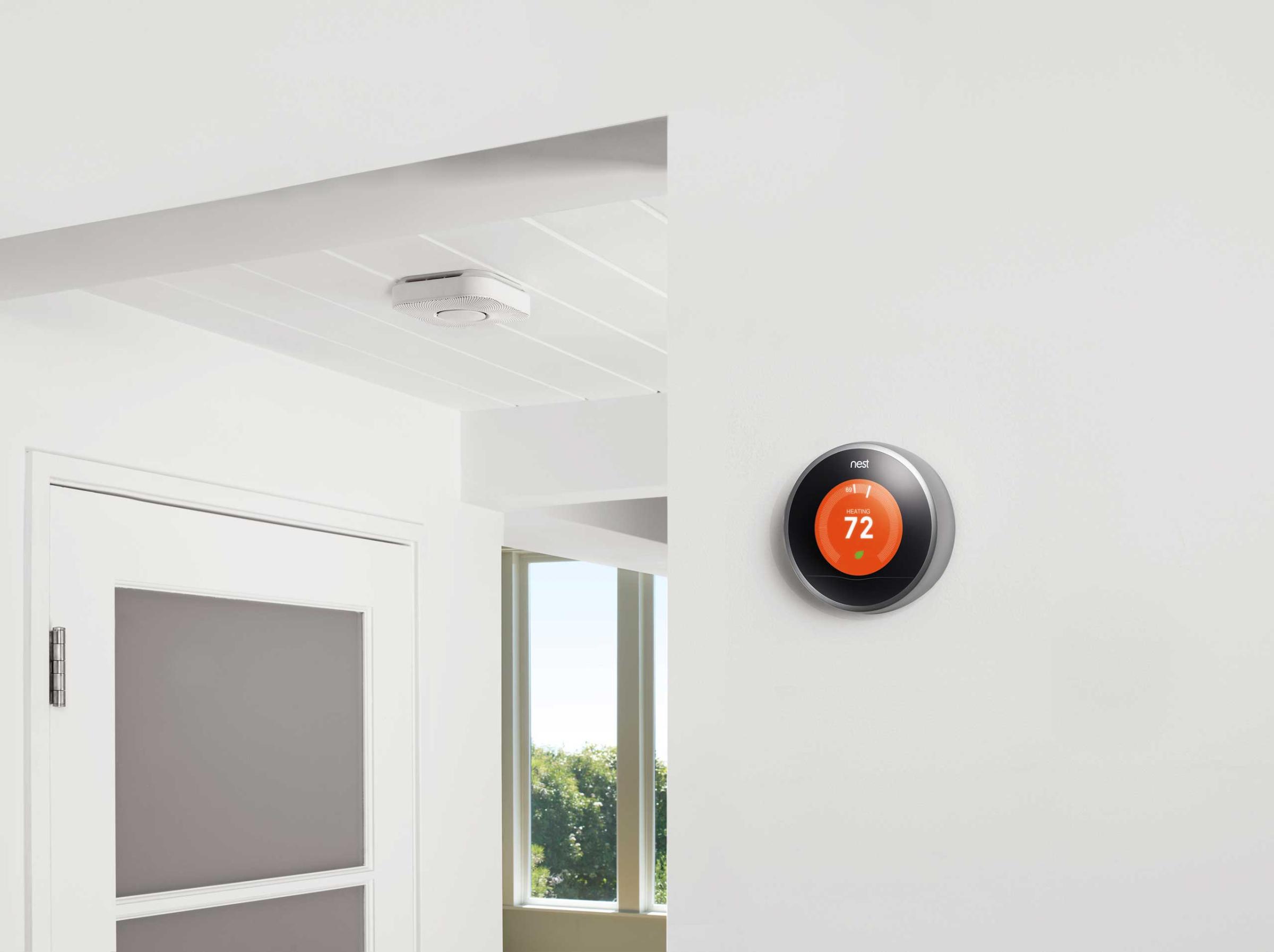
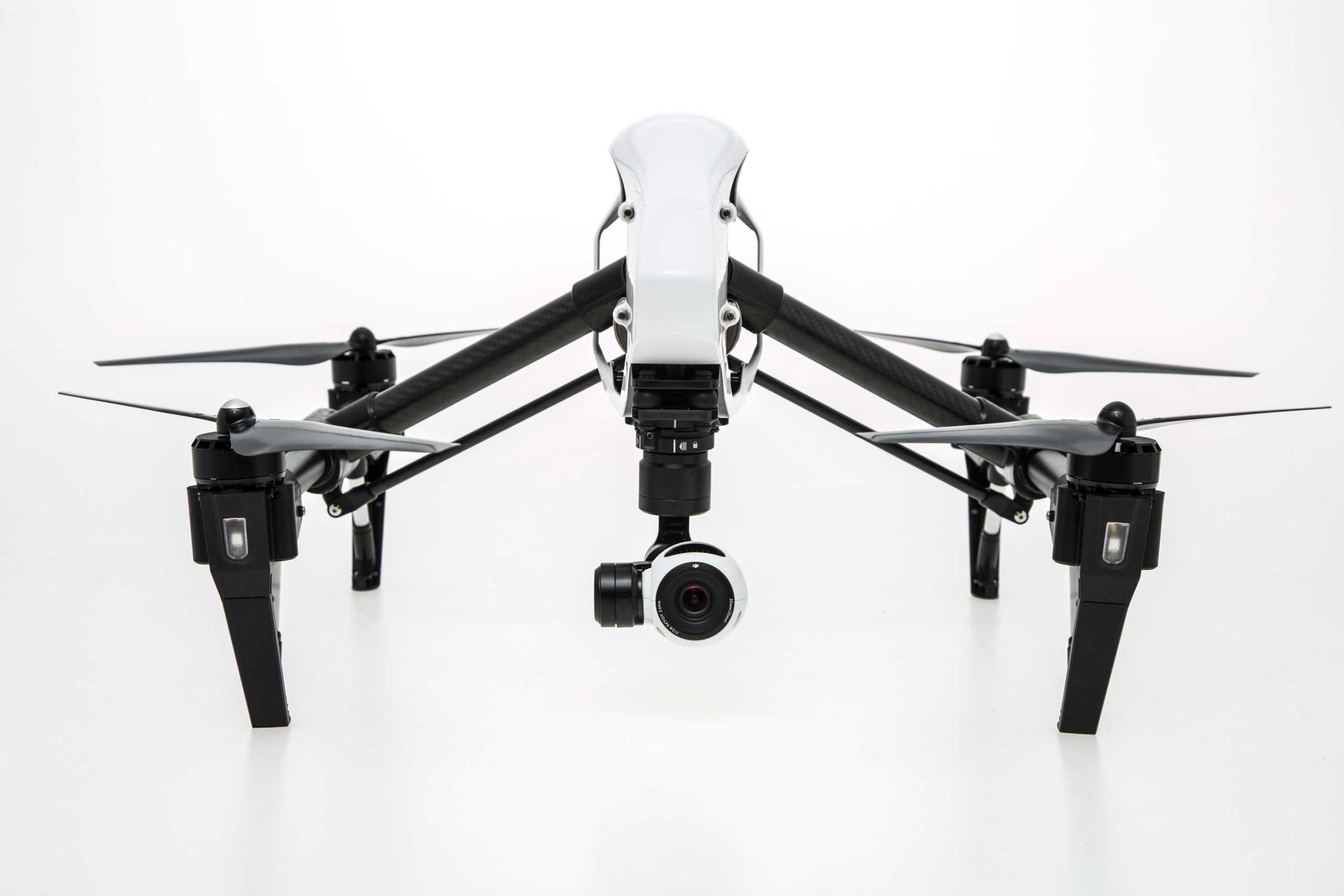
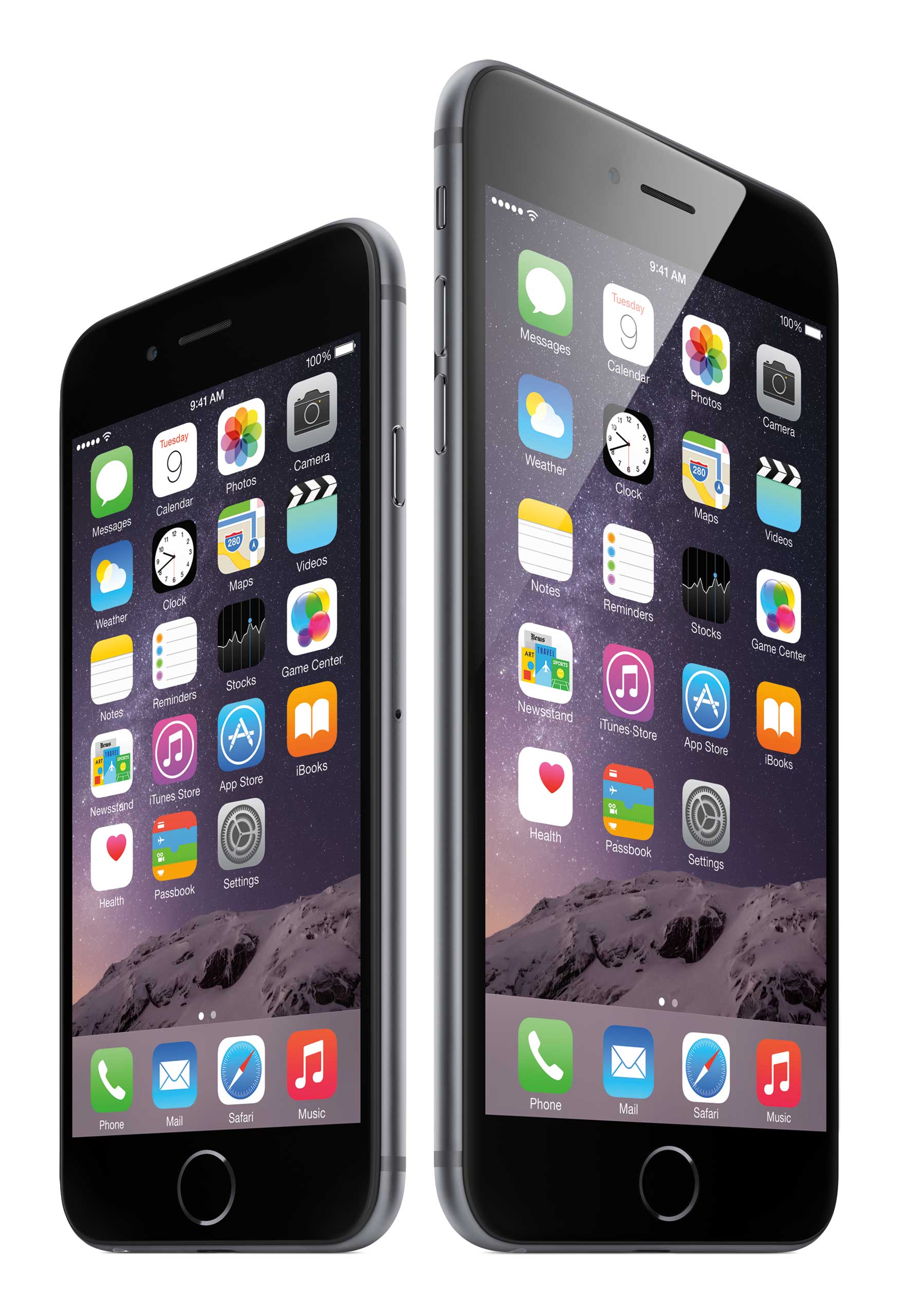
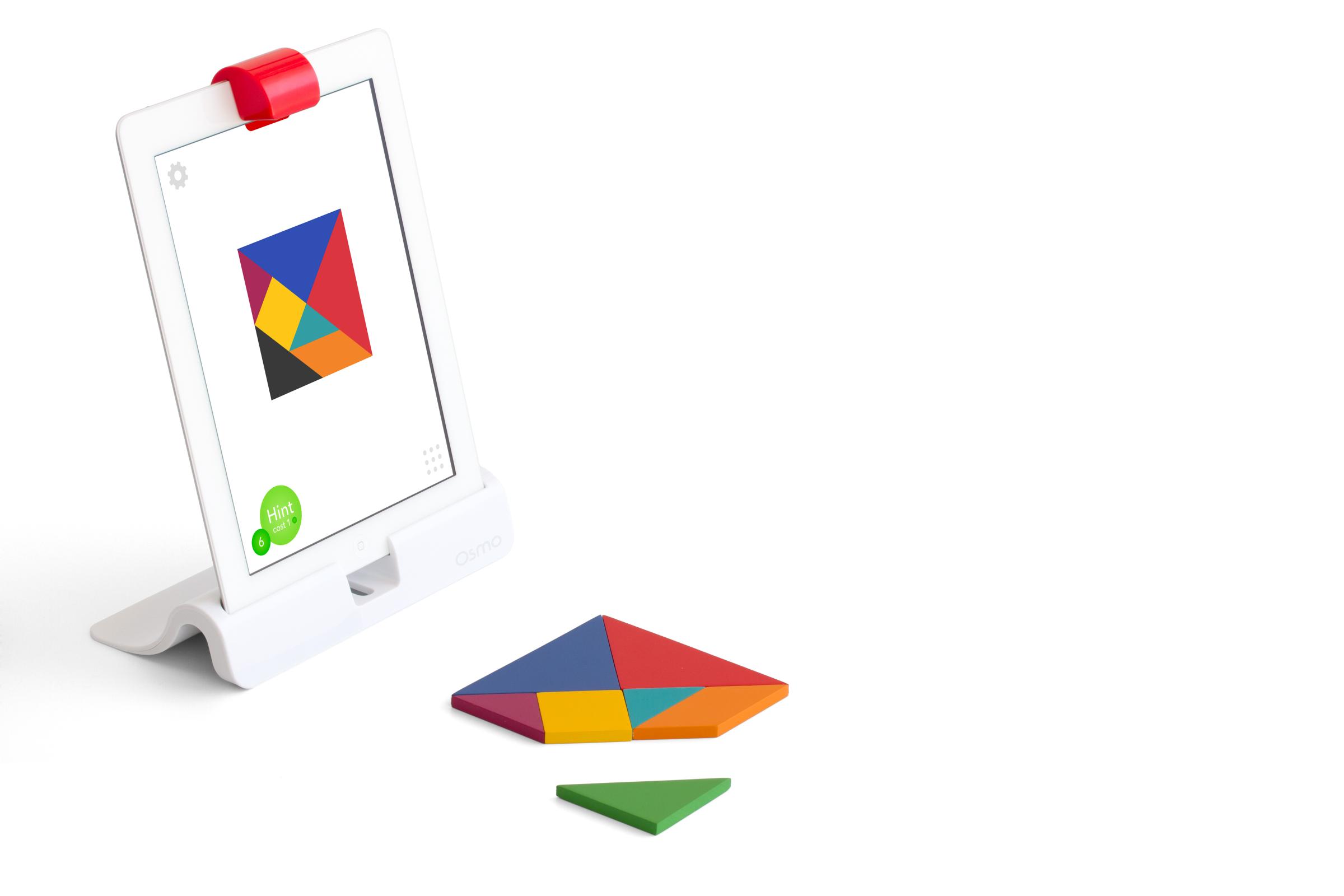
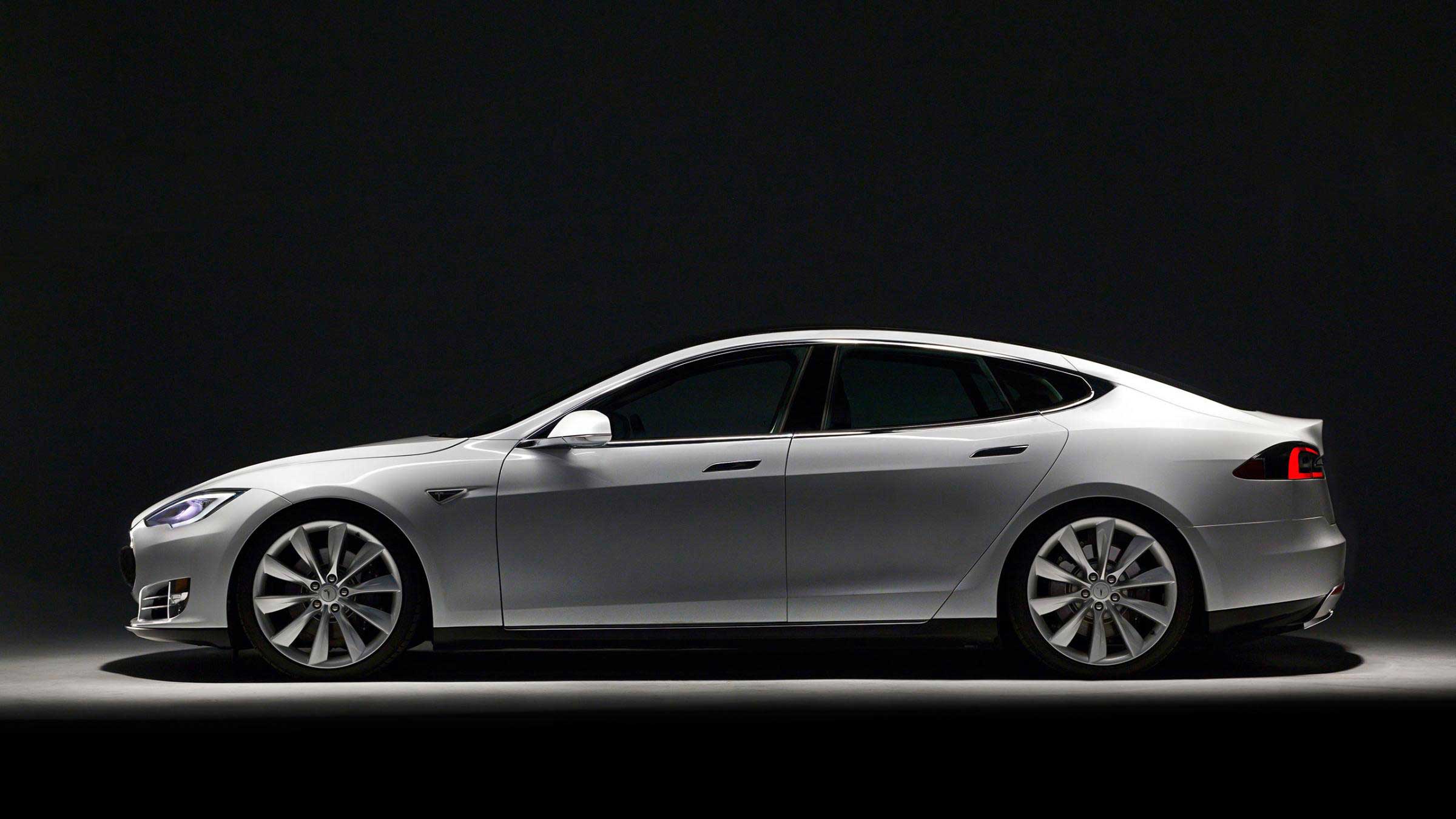
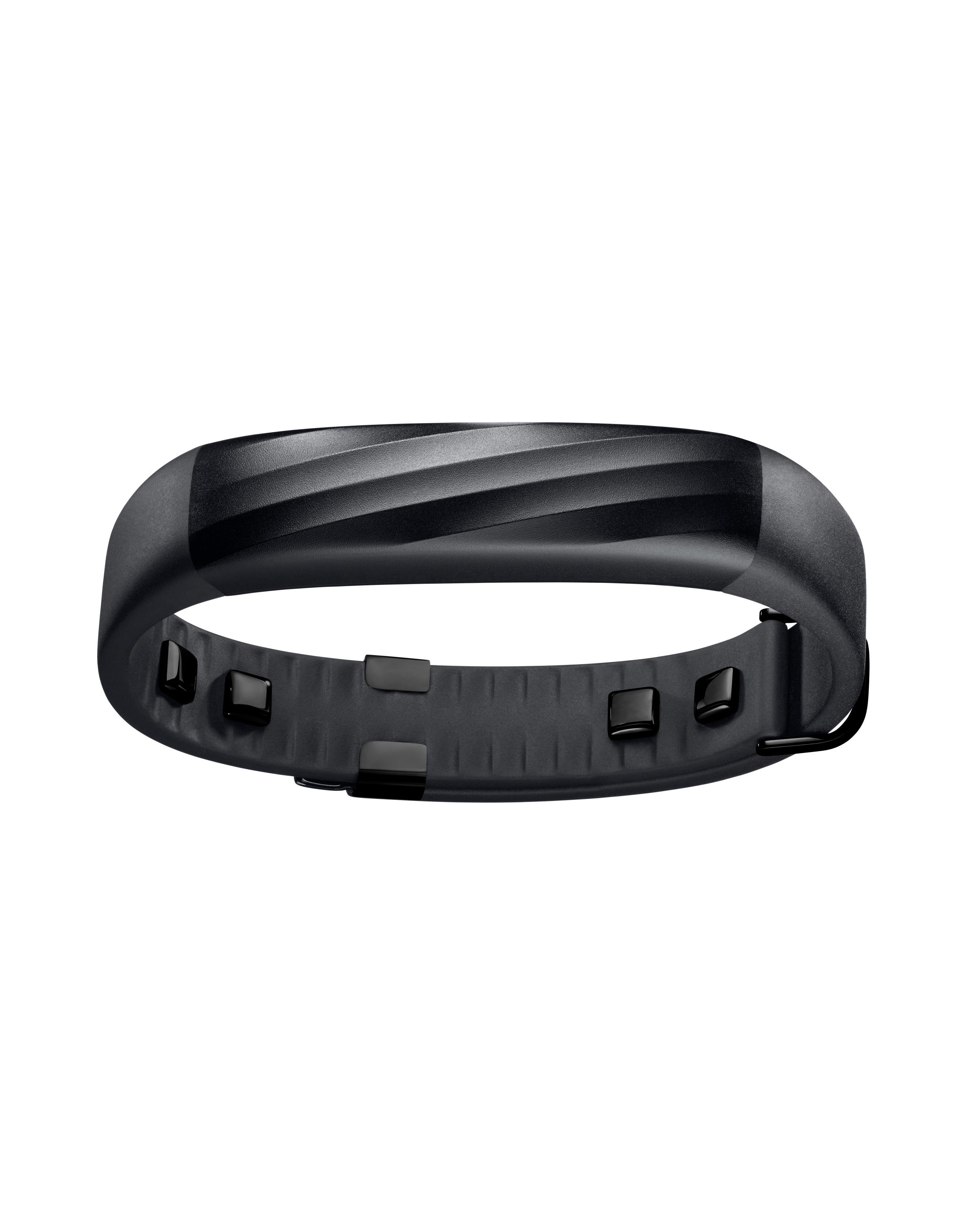
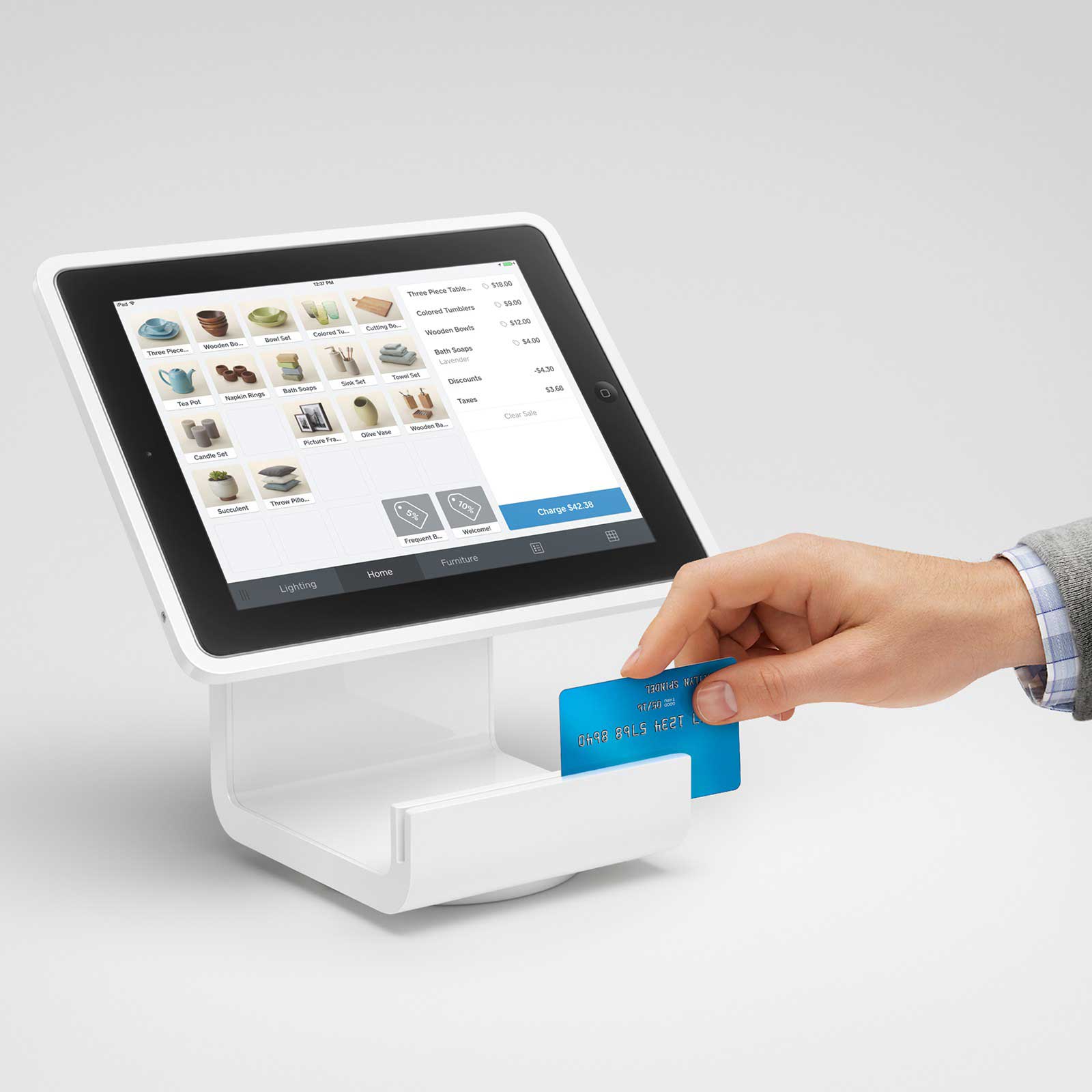
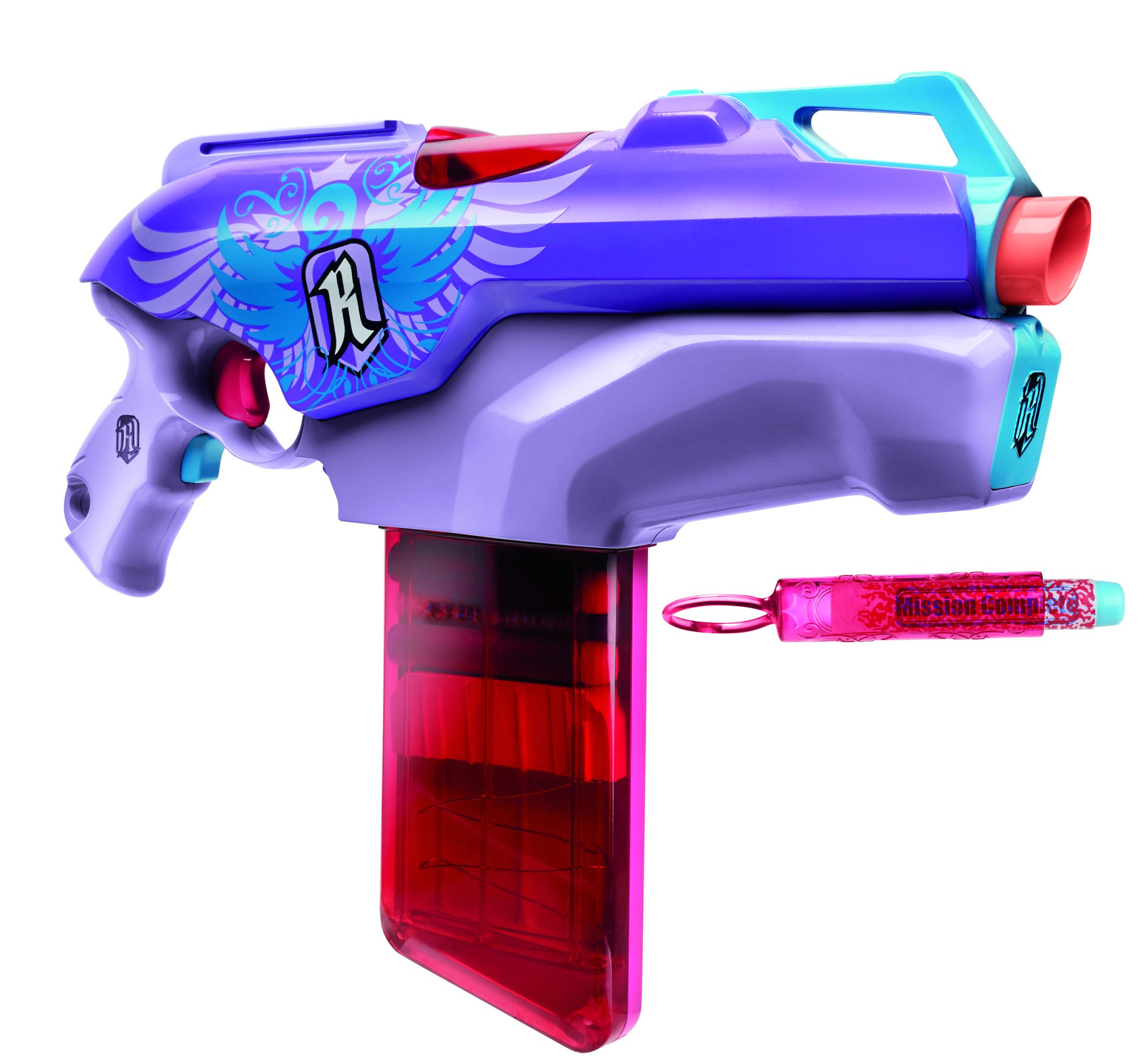
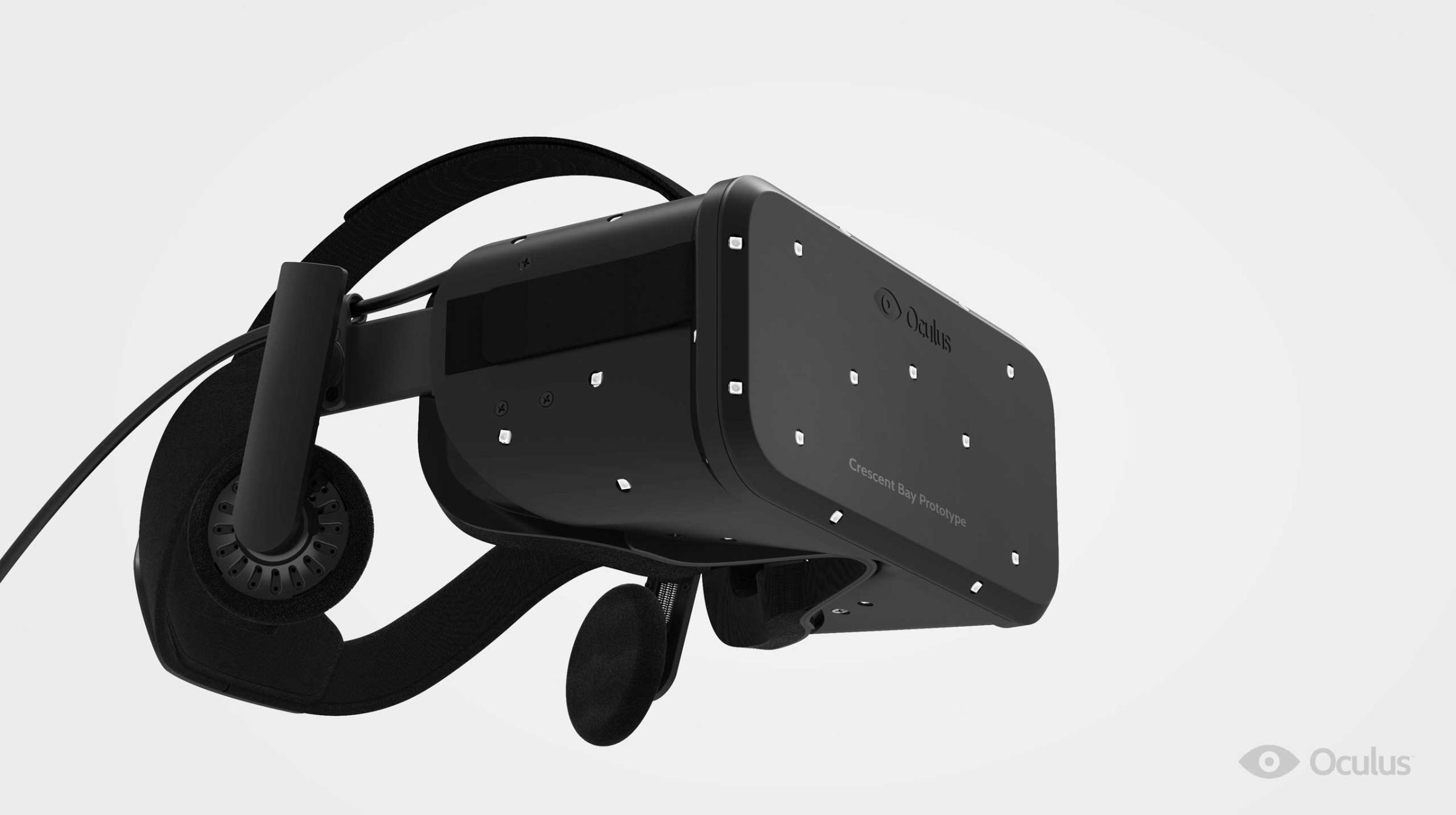
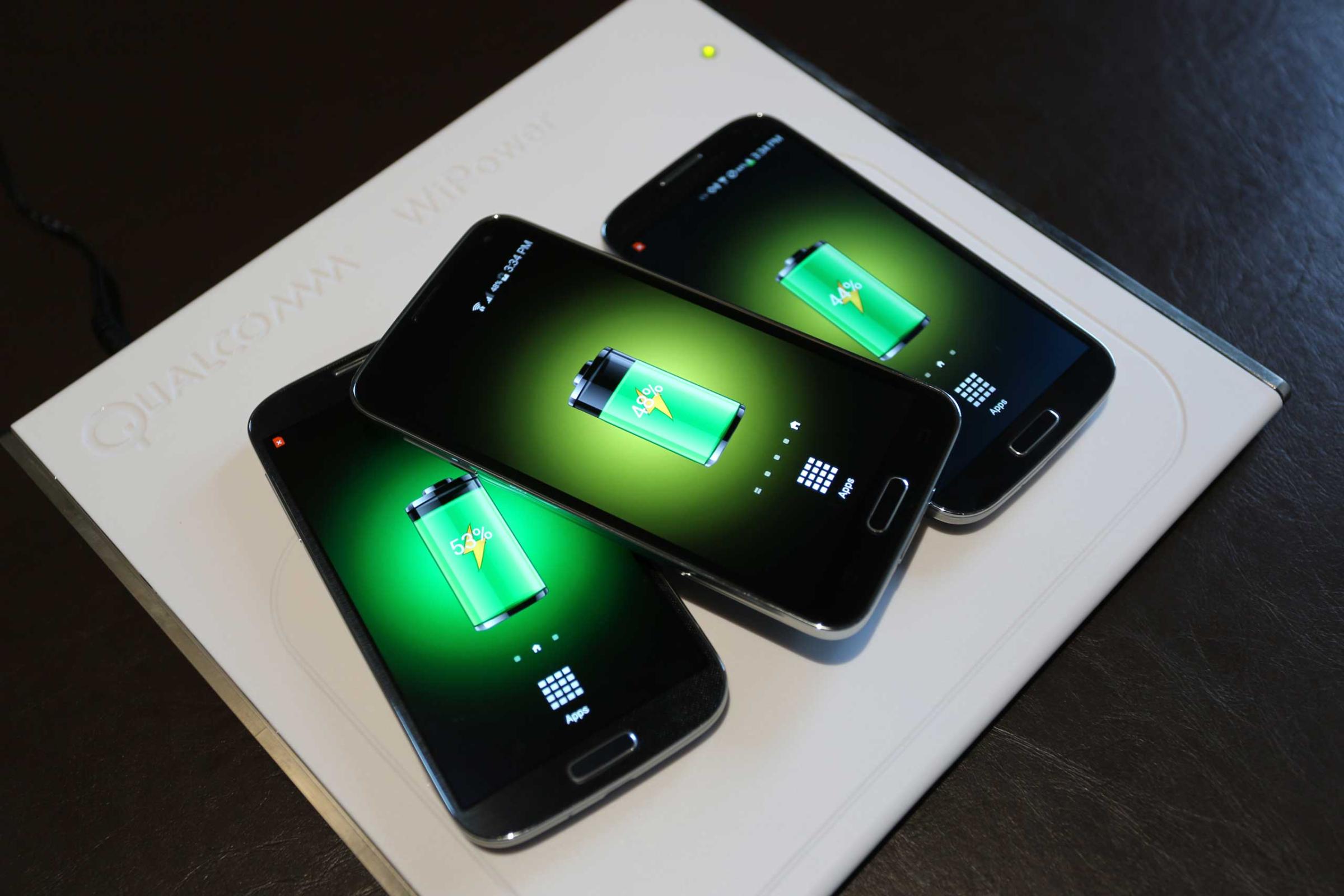
More Must-Reads from TIME
- Why Biden Dropped Out
- Ukraine’s Plan to Survive Trump
- The Rise of a New Kind of Parenting Guru
- The Chaos and Commotion of the RNC in Photos
- Why We All Have a Stake in Twisters’ Success
- 8 Eating Habits That Actually Improve Your Sleep
- Welcome to the Noah Lyles Olympics
- Get Our Paris Olympics Newsletter in Your Inbox
Contact us at letters@time.com